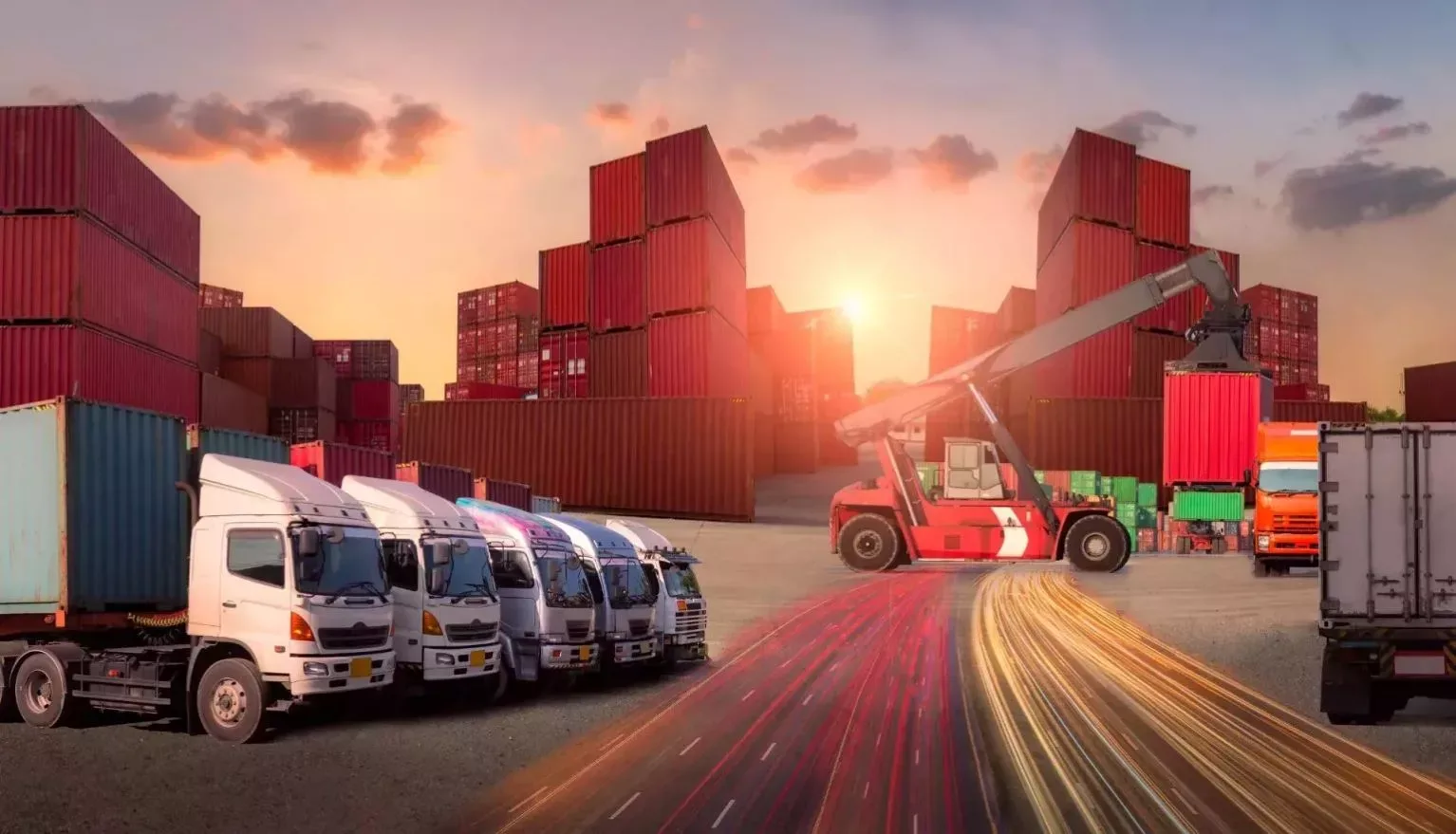WHAT TO WATCH FOR IN 2023
LABOR SHORTAGES WILL CONTINUE TO CREATE CHALLENGES
But even as companies look outward, they will need to look inward at their workforce retention strategies to weather this storm best.
AUTOMATION AS A SOLUTION TO LABOR SHORTAGES
As businesses adapt to new technologies, automating processes like warehouse tracking, inventory management, and customer order fulfillment could be one way to address labor shortage issues in the coming years. For example, automated drones and robots can help reduce warehousing and last-mile delivery service costs by cutting down on storing expenses and helping speed up deliveries.
While automation could be a practical solution to gaps in the near future, it should not come at the expense of human capital vital for long-term success. Organizations would invest heavily in training their current staff to remain competitive down the road when manual labor is less in demand.

“While automation could be a practical solution to gaps in the near future, it should not come at the expense of human capital vital for long-term success”
David L. Buss, CEO, DB Schenker USA
ADDRESSING WORKER RETENTION ISSUES
Companies are expected to focus more on building employee retention plans to help bridge any talent deficits that may arise due to low availability or quality of workers and rising wages. Employers today are investing more time into ensuring their workforce is equipped with the skills they need while creating attractive internal job opportunities so individuals don’t feel compelled to leave for “greener pastures” elsewhere.
In addition, businesses should consider providing incentives such as education subsidies and flexible working conditions, which make jobs more attractive for potential employees over other options. With many industries currently facing severe labor shortages post-pandemic, it is essential for businesses across sectors to create sound strategies oriented toward solving this issue before it escalates in 2023 and beyond.
SHIPPING RATES ARE BEGINNING TO STABILIZE
Shipping rates are beginning to stabilize in 2023 due to various changes taking place in the logistics and transportation industry.
The pandemic of 2020-2021 highlighted areas for improvement in land logistics, and business owners are now taking advantage of the opportunity to transform their supply chains. From smart warehousing solutions to improvements in inventory control, business owners are transforming their operations from manual processes into automated systems – increasing efficiency across their entire network.
Additionally, with the effects of the pandemic stabilizing, global trade is beginning to normalize again. With fewer disruptions across borders and improved air travel, shipping, and transport costs have begun to drop, benefiting businesses as they start looking ahead.
Overall, these shifts in technology and stability mean that shipping rates are on track toward stabilization by the end of 2023. Companies can take advantage of more efficient operations while customers benefit from lower transport costs – creating a win-win situation for everyone involved.
LOGISTICS TECHNOLOGIES WILL BECOME A HIGH PRIORITY
Logistics technology will become a high priority for businesses in the coming years. As the global business expands and evolves, keeping track of supply chains and goods in transit will become increasingly complex. To ensure efficient operations, companies are expected to invest more in cutting-edge technologies such as blockchain and the Internet of Things (IoT).
Blockchain is a digital ledger that can be used to record transactions between two parties securely in a verifiable way. This technology can monitor goods in transit at all points along the supply chain. With blockchain, companies can have greater transparency regarding tracking the progress of their shipments.
Along with digital ledger tracking, companies may start to make larger investments in IoT solutions that allow them to keep track of goods 24/7. Businesses can track their shipments with near real-time visibility throughout the entire supply chain network by using connected sensors placed on products and shipping containers. With this data, companies can make more informed decisions on how to optimize their logistics operations.
AI and machine learning solutions are also becoming increasingly important for logistics providers because they help companies detect patterns in past data that could go unnoticed by human eyes. This technology helps organizations accurately forecast demand for certain products or services and anticipate customer needs before they arise.
With AI and machine learning analysis integrated into their operations, organizations can better plan for future deliveries and be more proactive about responding to potential disruptions in supply chains due to unforeseen events or natural disasters.
RENEWED FOCUS ON SUSTAINABLE SUPPLY CHAIN PRACTICES
The transportation and logistics industry is turning to green technology to reduce emissions and optimize logistical routes for efficiency. Companies are investing in eco-friendly solutions that reduce their carbon footprint and create a more environmentally friendly product cycle.
These changes are expected to majorly impact the industry in 2023, as businesses aim to meet sustainability goals set by governments and environmental agencies. A more efficient, sustainable approach to managing supply chains can help companies improve profitability while benefiting the environment.
INCREASED AWARENESS OF VENDOR COMPLIANCE RISKS
In 2023, the risks associated with vendor compliance will become increasingly important in light of rising cyberattack trends and changing regulatory landscapes. Companies must strengthen their supply chain strategies to ensure they remain compliant and carry out their due diligence. Noncompliance can have severe economic and legal repercussions.
Achieving vendor compliance requires businesses to conduct regular risk assessments to ensure compliance with industry-specific regulations and evolving international laws and standards. Businesses should also understand the implications of globalization and be prepared to match their corporate goals while protecting themselves from potential cyber threats.
LOOKING FORWARD IN 2023
While many of the abovementioned trends will shape the logistics industry in 2023, they may not all occur at the same pace. Companies must be prepared to adjust their strategies as needed and embrace new technological advances and opportunities to stay ahead of the competition. By investing in the right solutions and remaining agile and prepared for the changes ahead, organizations can ensure their supply chain is ready for whatever 2023 may bring.






















